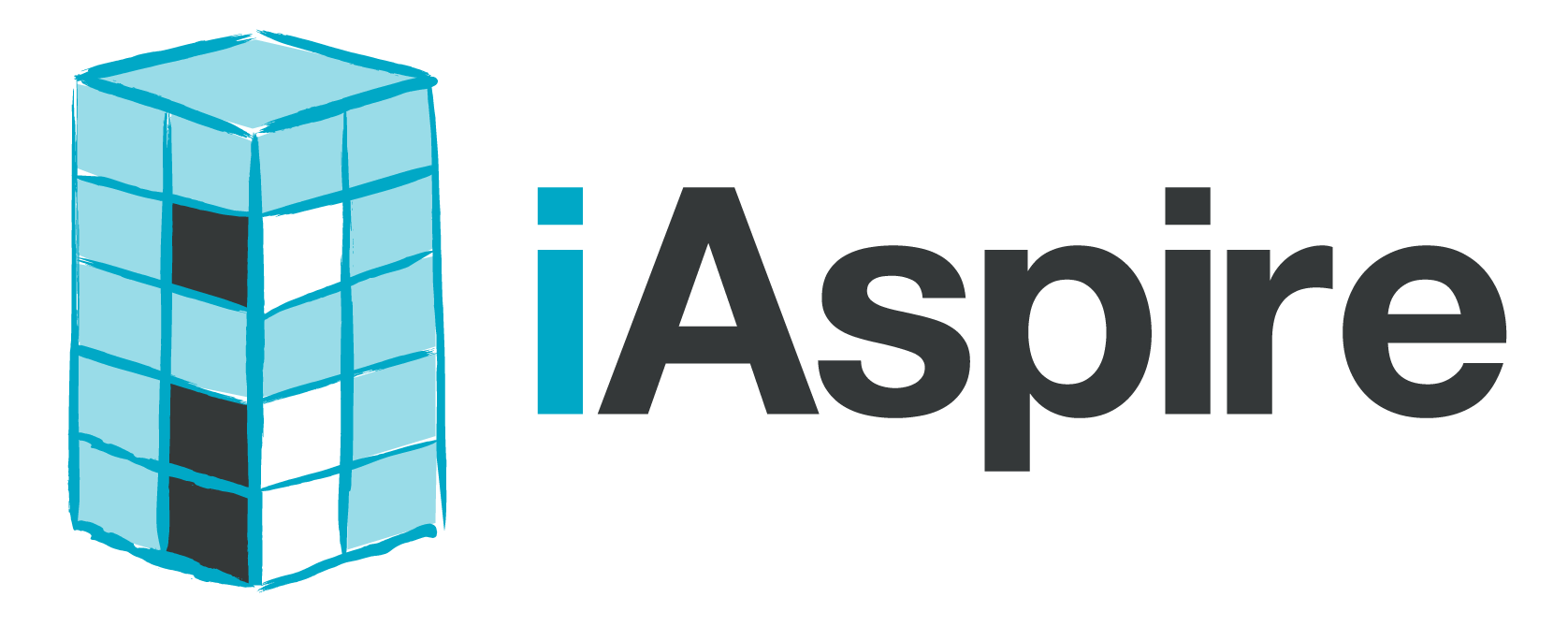Using Videos During Teacher Observations Part 3 - Helping You Get Started
“The reflection that I did myself, when I videoed, offered me more opportunity for growth than anything an outsider could do for me. Watching my kids, what went on in my room, how I handled it, and things I said—that was more important than any sit-down that I could have with anybody [else]. ” Best Foot Forward teacher, North Carolina (2013)1
In this third installment of our Using Videos During Teacher Observations series, we will dive right in to what the research says with regard to using videos to support teacher observations.
Our previous two posts can be found here: Video observations during a pandemic and Teacher ownership.
I'm guessing most of you don't formally use videos during your teacher observations. Coaching? Maybe.
The observer sitting down, watching the lesson on video, and providing feedback specific based on what was seen on film? Probably not.
Using videos for teacher observations
There are a lot of reasons why schools are hesitant to use videos. According to Harvard University's Center for Education Policy Research and their Best Foot Forward Project, these reasons may include but are not limited to:
Compliance Culture
Rudimentary Reflection
Inflexible Time
Inadequate content area feedback
I've personally had conversations with several administrators who had various other reasons why they aren't using videos for teacher observations. These reasons include their Union won't allow it, they don't have the appropriate technology, there is not a simple way to do it, and they are afraid of teachers putting on the proverbial "dog and pony show". Others had concerns about students being recorded and what would be required from a policy perspective to allow for recording in the classroom. However 95% of these administrators rated the potential of video reflections/observations as having a major impact in their school. In other words, most (95%) think using videos during observations would make a positive difference for them and their teachers. They just aren't doing it.
The aforementioned Best Foot Forward Project from Harvard University does a fantastic job providing specific suggestions to break through these barriers. Their toolkit is simply amazing. If you haven't reviewed their toolkit, you should download it now. The Toolkit provides support in the following areas:
Leveraging Video for Learning
Video for self-reflection, peer collaboration, virtual coaching, evaluation, and building a video library
Cultivating Trust in Video Observations
Create a safe environment for teachers and communicate with parents and manage student privacy concerns
Turnkey Technology: Setting up Schools for Effective Implementation
Choose the right technology, set up your infrastructure, train teachers and observers
Measuring Readiness and Assessing Success
Ensure readiness, Assess Success
Appendix
References
Are videos for teacher observations an accurate reflection of the teacher’s instruction?
Speaking of the dog and pony show, The Best Foot Forward project addressed that directly in its Leveraging Video for Learning section: "If teachers control the camera, they are able to choose a videotaped lesson that they believe represents a comprehensive view of their best work. Not only does this process increase teacher agency in evaluation, but it also encourages teachers to rewatch several lessons and contemplate what constitutes effective, evaluation-worthy instruction before choosing what will be submitted to the administrator." Later it reads "...teachers put their 'best foot forward', but this did not fundamentally change the distribution of observation scores between teachers."2 For a more detailed quantitative review, please see the Best Foot Forward research brief.
The Best Foot Forward Project also includes a self-guided module for analyzing videos of your own instruction, a self-analysis noticing rubric, coaching conversation scripts, and many other worthwhile resources. If you are considering using videos to support teacher reflection, coaching, and/or evaluation, the guidance from the Best Foot Forward project may help you map an implementation schedule and feel comfortable doing so. There are definitely logistics to consider, timing issues, collective bargaining disagreements, and other barriers you will face, but best practice suggests using video can have a positive impact on your entire observation process.
Provide feedback to teachers based on videos
The technology for teachers to use to record themselves is ubiquitous. They could use their personal phones, laptop, or even a school-issued device. In this current remote learning environment, the teacher could record herself teaching a lesson at home or a video conference with her students. The teacher then needs to upload this video in a way that her observer can provide feedback.
When possible, try to have the lesson uploaded in the same system where other teacher observations are recorded. This will help keep everything altogether. Here at iAspire, we offer the ability for teachers to upload lessons of themselves teaching. Observers can simply click ‘Mark’ to create a timestamp and add comments, provide feedback, and reinforce the teacher’s instruction. These comments are then tied to that timestamp for easy future reference. Observers can also tag their own teacher evaluation framework to these comments to keep feedback organized.
Have you ever used videos during any of your observations, coaching cycles, or evaluations? If so, how did it go?
1Fullerton, J., Greenberg, M., Kane, T., Le, L., Quinn, D., Thal, D., & Zelaya, S. (2015). Leveraging Video for Learning: Strategies for Using Video Observations for Professional Growth [PDF]. Center for Education Policy Research. p. 2
2Fullerton, J., Greenberg, M., Kane, T., Le, L., Quinn, D., Thal, D., & Zelaya, S. (2015). Leveraging Video for Learning: Strategies for Using Video Observations for Professional Growth [PDF]. Center for Education Policy Research. p. 11-12

